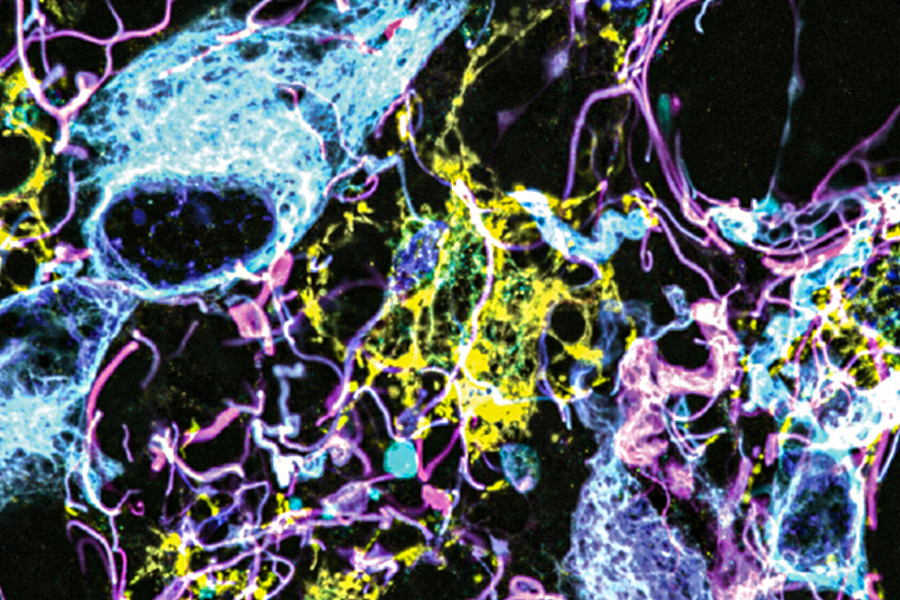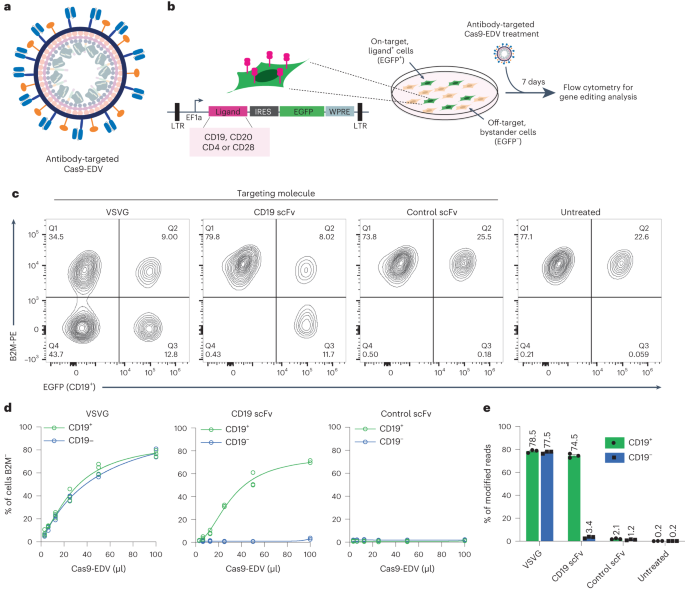2024-02-01 ブラウン大学
◆片頭痛も女性にとって脳卒中のリスクファクターであり、特に更年期後でも脳卒中のリスクに影響を与える可能性があります。また、ホルモンは脳卒中リスクの予測に役立つ可能性があり、女性の更年期後のホルモンレベルが脳卒中のリスクと関連していることが示唆されています。
- https://www.brown.edu/news/2024-02-01/stroke
- https://www.neurology.org/doi/10.1212/WNL.0000000000012296
- https://www.ahajournals.org/doi/10.1161/STROKEAHA.120.028905
- https://www.ahajournals.org/doi/10.1161/HYPERTENSIONAHA.119.12729
REGARDSにおける空腹時血糖に関連する虚血性脳卒中リスクの性差と人種差 Sex and Race Differences in the Risk of Ischemic Stroke Associated With Fasting Blood Glucose in REGARDS
Tracy E. Madsen, MD, PhD, D. Leann Long, PhD, April P. Carson, PhD, MSPH, George Howard, DrPH, Dawn O. Kleindorfer, MD, Karen L. Furie, MD, MPH, JoAnn E. Manson, MD, DrPH, Simin Liu, MD, ScD, and Virginia J. Howard, PhD
Neurology Published:August 17, 2021
DOI:https://doi.org/10.1212/WNL.0000000000012296
Abstract
Objective
To investigate sex and race differences in the association between fasting blood glucose (FBG) and risk of ischemic stroke (IS).
Methods
This prospective longitudinal cohort study included adults age ≥45 years at baseline in the Reasons for Geographic And Racial Differences in Stroke Study, followed for a median of 11.4 years. The exposure was baseline FBG (mg/dL); suspected IS events were ascertained by phone every 6 months and were physician-adjudicated. Cox proportional hazards were used to assess the adjusted sex/race-specific associations between FBG (by category and as a restricted cubic spline) and incident IS.
Results
Of 20,338 participants, mean age was 64.5 (SD 9.3) years, 38.7% were Black, 55.4% were women, 16.2% were using diabetes medications, and 954 IS events occurred. Compared to FBG <100, FBG ≥150 was associated with 59% higher hazards of IS (95% confidence interval [CI] 1.21–2.08) and 61% higher hazards of IS among those on diabetes medications (95% CI 1.12–2.31). The association between FBG and IS varied by race/sex (hazard ratio, FBG ≥150 vs FBG <100: White women 2.05 [95% CI 1.23–3.42], Black women 1.71 [95% CI 1.10–2.66], Black men 1.24 [95% CI 0.75–2.06], White men 1.46 [95% CI 0.93–2.28], pFBG×race/sex = 0.004). Analyses using FBG splines suggest that sex was the major contributor to differences by race/sex subgroups.
Conclusions
Sex differences in the strength and shape of the association between FBG and IS are likely driving the significant differences in the association between FBG and IS across race/sex subgroups. These findings should be explored further and may inform tailored stroke prevention guidelines.
循環SHBG(性ホルモン結合グロブリン)と虚血性脳卒中リスク、WHIから得られた知見 Circulating SHBG (Sex Hormone-Binding Globulin) and Risk of Ischemic Stroke、Findings From the WHI
Tracy E. Madsen,Xi Luo,Mengna Huang,Ki E. Park,Marcia L. Stefanick,JoAnn E. Manson andSimin Liu
Stroke Published12 Feb 2020
DOI:https://doi.org/10.1161/STROKEAHA.120.028905

Abstract
Background and Purpose—
Circulating levels of SHBG (sex hormone-binding globulin) have been inversely linked to obesity, diabetes mellitus, and other cardiometabolic disorders. It remains uncertain whether low SHBG is prospectively predictive of stroke risk, particularly in women. We investigated whether SHBG is associated with risk of incident ischemic stroke (IS) among women in the WHI (Women’s Health Initiative).
Methods—
From an observational cohort of 161 808 postmenopausal women enrolled in the WHI at 40 sites across the United States from 1993 to 1998, we identified 13 192 participants free of prevalent stroke at baseline who were included in an ancillary study that measured serum SHBG. We used Cox proportional hazards regression, stratified by SHBG measurement assay, to assess IS risk across quintiles of SHBG (Q1–Q5), adjusting first for demographic variables (model 1), additionally for body mass index, hypertension, alcohol use, and smoking status (model 2), and for physical activity and reproductive risk factors (model 3). In sensitivity analyses, potential mediators (diabetes mellitus status, levels of estradiol, testosterone, and CRP [C-reactive protein]) were included.
Results—
Of 13 192 participants (mean age, 62.5 years; 67.4% non-Hispanic white, 18.5% black, 7.6% Hispanic, and 5.0% Asian), after following for an average of 11.6 years, 768 IS events were adjudicated. Compared with the highest quintile of SHBG levels (referent), women in the lowest SHBG quintile had a higher risk of IS in all 3 multivariable models (model 1: hazard ratio, 1.88 [95% CI, 1.47–2.41]; model 2: hazard ratio, 1.69 [95% CI, 1.30–2.20]; model 3: hazard ratio, 1.61 [95% CI, 1.19–2.19]; trend tests P<0.05 for all models). Including potential mediators such as diabetes mellitus, estradiol, and testosterone in the models attenuated but did not eliminate significant inverse associations between SHBG and IS.
Conclusions—
In this prospective cohort of postmenopausal women, there was a statistically significant inverse association between serum SHBG levels and IS risk, which supports the notion that SHBG could be used as a risk stratification tool for predicting IS in women.
REGARDS研究における高血圧と脳卒中リスクの性差、縦断的コホート研究 Sex Differences in Hypertension and Stroke Risk in the REGARDS Study A Longitudinal Cohort Study
Tracy E. Madsen,George Howard,Dawn O. Kleindorfer,Karen L. Furie,Suzanne Oparil,JoAnn E. Manson,Simin Liu andVirginia J. Howard
Hypertension Published13 Aug 2019
DOI:https://doi.org/10.1161/HYPERTENSIONAHA.119.12729
Abstract

Little is known about whether the relationship between hypertension and ischemic stroke differs by sex. We examined sex differences in the association between hypertension severity and treatment and ischemic stroke risk. We used a longitudinal cohort study in the continental United States, with oversampling of black individuals and those living in the stroke belt. We included 26 461 participants recruited from 2003 to 2007 without prevalent stroke at baseline. The main outcome was incident ischemic stroke ascertained by telephone surveillance (with physician adjudication for suspected events). Proportional hazards regression was used to assess the sex-specific association between systolic blood pressure and stroke and between classes of antihypertensive medications and stroke after adjustment for age, race, sex, and age-by-race and sex-by-treatment interaction terms. A priori, P<0.10 was considered significant for interactions. Among participants (55.4% women, 40.2% black), there were 1084 confirmed ischemic stroke events. In the adjusted model, the risk of stroke per each level of hypertension (referent/systolic blood pressure <120 mm Hg/120–129 mm Hg/130–139 mm Hg/>140 mm Hg) was higher in women (hazard ratio, 1.25; 95% CI, 1.16–1.34) than men (hazard ratio, 1.14; 95% CI, 1.05–1.23; sex–systolic blood pressure interaction term, P=0.09). Compared with no medications, with each additional class of medications, stroke risk increased by 23% (hazard ratio, 1.23; 95% CI, 1.14–1.33) for women and 21% (hazard ratio, 1.21; 95% CI, 1.12–1.31) for men (P=0.79). Further work on the biological mechanisms for sex differences in stroke risk associated with hypertension severity and a need for sex-specific clinical guidelines may be warranted.


